23 / 09 / 10
About the material of product
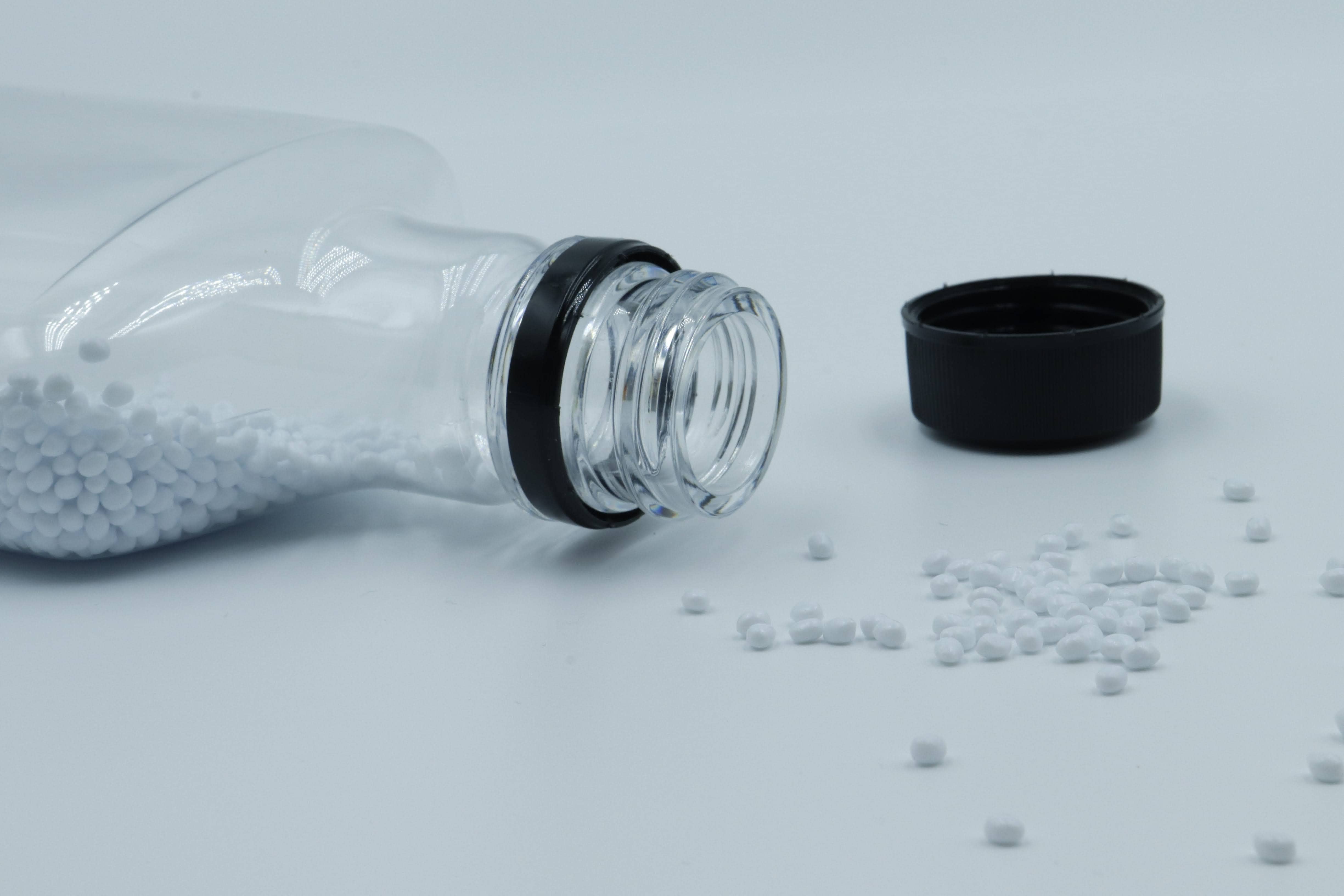
PET plastic, or Polyethylene Terephthalate, is a lightweight, durable, and versatile type of plastic widely used in packaging and manufacturing.
📝What is PET Plastic?
-
PET is a thermoplastic polymer, meaning it can be melted and reshaped multiple times without losing its properties.
-
It’s made from ethylene glycol and terephthalic acid, which are combined to form long polymer chains.
-
PET is part of the polyester family and is known for its clarity, strength, and recyclability.
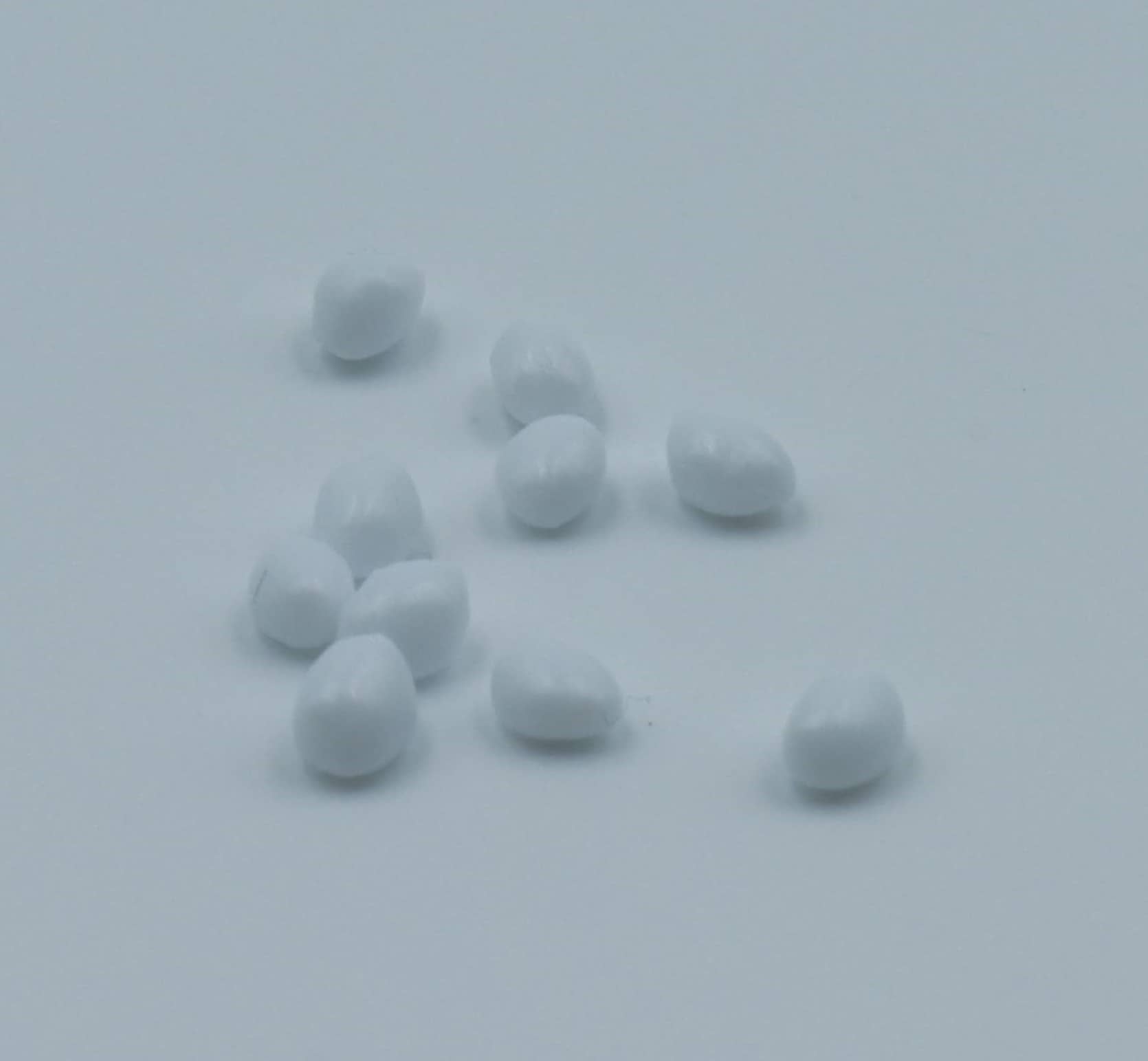
📌Key Properties of PET Plastic
1. Lightweight: PET is much lighter than glass or other plastics, making it cost-effective for transportation.
2. Transparent: It has excellent clarity, making it ideal for products where visibility is important (e.g., beverage bottles).
3. Strong and Durable: PET is shatter-resistant and can withstand impacts better than glass.
4. Barrier Properties: It provides a good barrier against moisture, gases, and odors, helping to preserve the contents.
5. Recyclable: PET is 100% recyclable and is one of the most commonly recycled plastics worldwide.
6. Food-Safe: It is approved by regulatory agencies (like the FDA) for food and beverage contact.
7. Chemical Resistance: PET is resistant to many chemicals, making it suitable for a wide range of products.
💧Common Uses of PET Plastic
1. Beverage Bottles:
- Water, spitits, soda, juice, oil and other drink containers are often made from PET because of its clarity, strength, and safety.
2. Food Packaging:
- PET is used for containers, trays, and clamshells for salads, fruits, and ready-to-eat meals.
3. Personal Care and Cosmetics:
- Shampoo, lotion, and cosmetic bottles often use PET due to its durability and aesthetic appeal.
4. Pharmaceuticals:
- PET is used for medicine bottles and blister packs because of its safety and barrier properties.
5. Household Products:
- Cleaning product bottles, detergent containers, and other household items are often made from PET
🚧Material Safety
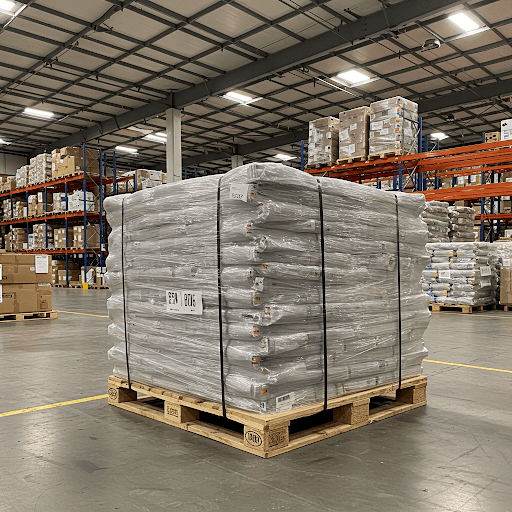
-
PET has been approved as safe for contact with foodstuffs and beverages by the FDA, Health Canada, the European Food Safety Authority and virtually every other health-safety agency in the world.
-
It has been used for food and beverage containers for decades without any known adverse effects. Extensive studies of PET and PET packaging have repeatedly shown it to be safe.
🪢Refill and Reuse
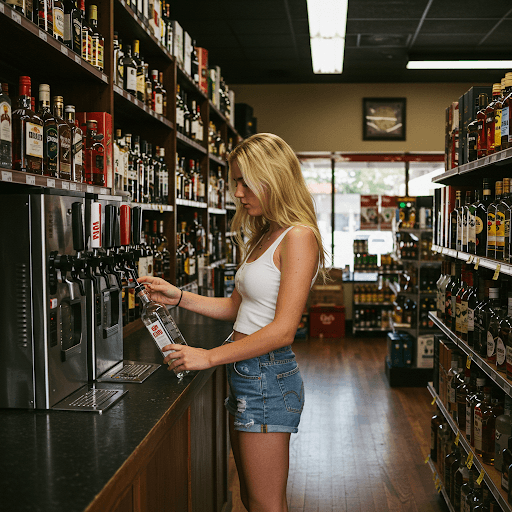
-
PET bottles are cleared for both single and repeated use by the FDA and other world health-safety agencies.
-
It's a common misconception that refilling or reusing a PET bottle will somehow cause the bottle to degrade or to release harmful substances.
-
PET is a stable, inert material that doesn't biologically or chemically degrade with use, and is resistant to attack by micro-organisms.
-
Regulatory authorities have tested PET bottles and found no harmful substances in either new or re-used PET bottles.
♻️Plastic Recycle
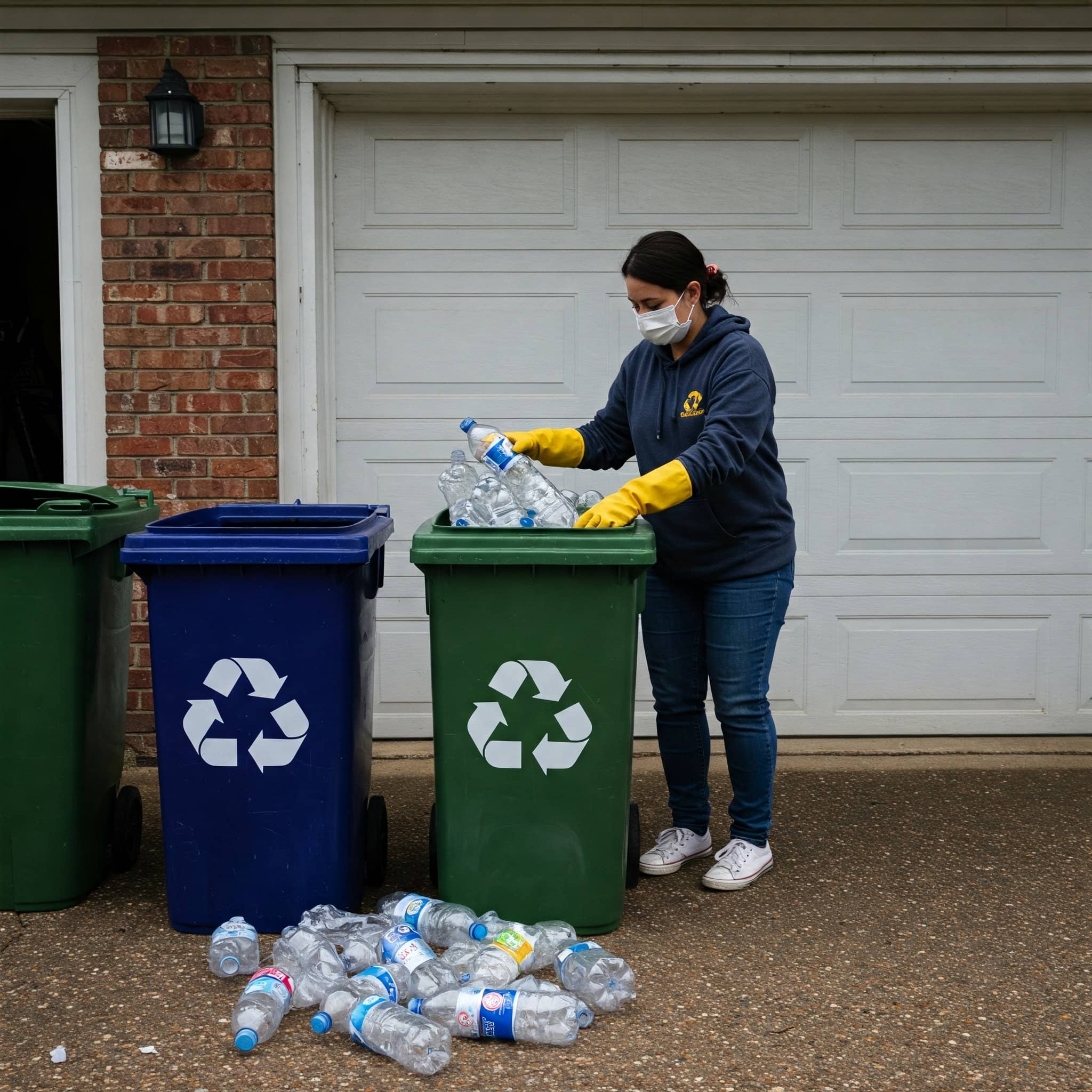
-
PET is recyclable and highly sustainable. It can be recovered and recycled again and again –– back into containers for foods, beverages and personal care products – or into carpet and clothing fibers, automotive parts, construction materials, industrial strapping or other packaging materials.
-
Approximately 1.5 billion pounds of used PET bottles and containers are collected in the U.S. each year for recycling. PET is the most recycled plastic in the U.S.
Why PET bottles rather than glass?
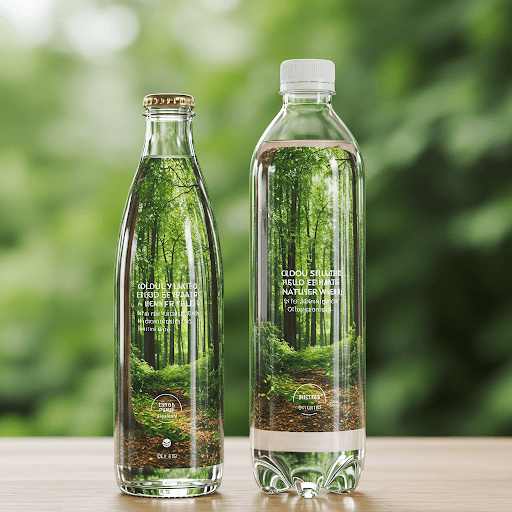
-
Like glass, PET is hygienic, strong, resistant to attack by micro-organisms, does not react with foods or beverages, and will not biologically degrade.
-
Its safety for food and beverage use is recognized by health authorities around the world. But unlike glass, PET is extremely lightweight, simple to transport and won't break, which is why it's preferred for packaging many foods and beverages.
Why Choose PET for Your Product?
-
If you’re looking for a material that’s lightweight, durable, and eco-friendly, PET is an excellent choice. It’s perfect for creating clear, attractive packaging that protects your product while appealing to environmentally conscious consumers.
Let us know if you’d like to explore PET for your bottle design!
📫Address: 102 Industry Drive, Bienfait, Saskatchewan |
|---|
________________________________________________________________________________________________________
________________________________________________________________________________________________________
©️ All rights reserved Estevan Plastic Product Ltd. 2023-2025